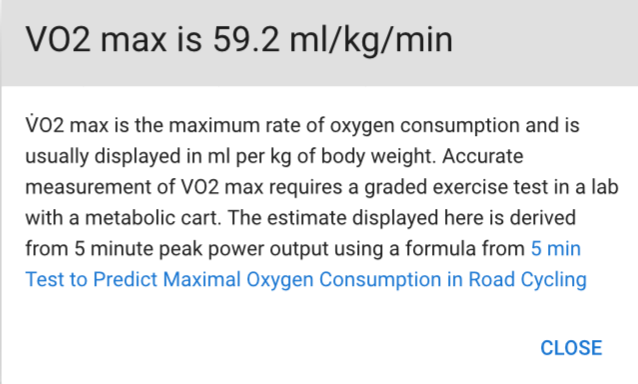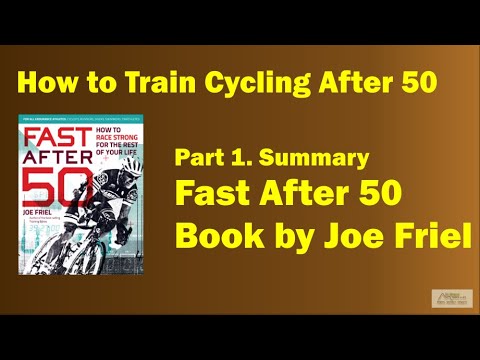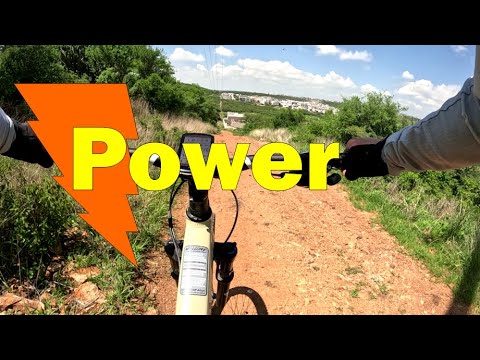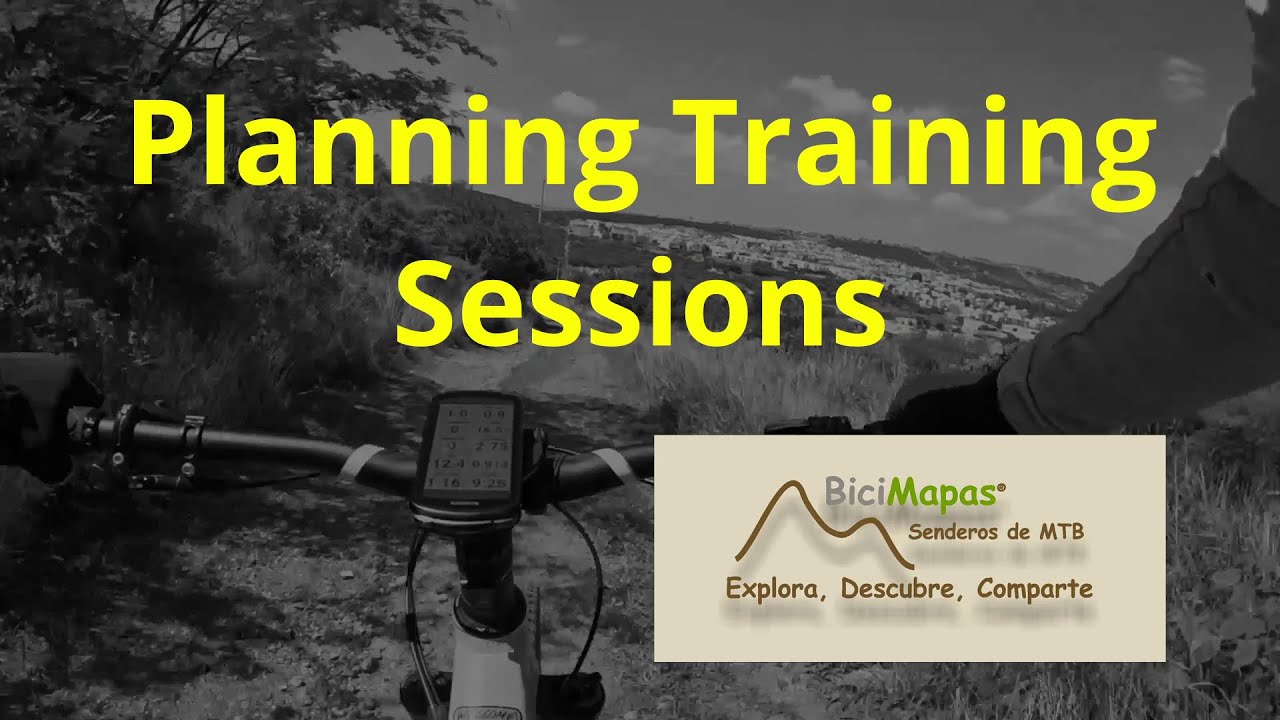I am a Garmin user for the most part, with some random rides using the Wahoo Bolt 2.
The numbers I was getting from my Garmin and Intervals were telling me I needed to change my training to improve. Though my Garmin calculated VO2 max was in the good category, my FTP was lacking, classified as fair, compared to people my age. I will be 63 in a couple of weeks.
Intervals.icu numbers confirmed as well what Garmin was telling me. I had a very low Fitness value of 24, the form line was constantly in what I now call “the lazy zone”, the gray and blue ones (not tapering for an event, just in case you ask), with very low loads of about 50.
This was also apparent in my rides as I felt slow and with some lack of strength.
So, I knew I had to increase my training intensity as I was more on an LSD approach as well as be more consistent.
I took my “Training and Racing with a Power Meter” book to read about increasing FTP and planned on Sweet Spot and Threshold Intervals.
The problem is that I really do not like indoor training and the area where I ride is undulating, with continuous ups and downs that make it hard to maintain a pace.
I also have Joe Friel’s “Fast After 50” that my daughter gave me as a Christmas present and I had yet to finish reading it, particularly the chapters where he describes how to train, so I did. And somewhere there he talked about Fartlek, the answer to my undulating training route. Garmin has some very nice tools that can be used for this.
I am a big Friel´s fan and have read several of his books, particularly the Bible Series and as well as Cycling Past 50.
So, I acted applying the guidelines in these books as well as what the numbers that both Gamin and ICU were telling me.
I added more intense rides using the intensity approach exposed by Friel for people my age, including recovery as well. The intensity is measured both by using my power meter and heart rate monitor. It was interesting to learn that Friel suggests 4 types of workouts in his book but that 2 of them shall be guided by heart rate and not by power, even if you have a power meter.
It has been 2 weeks since I made changes to my training putting together the knowledge from “Training and Racing with a Power Meter” and “Fast After 50”, adapting them to be measured by Intervals.icu and Garmin, all of them very valuable.
Garmin´s approach to heart rate training using Firstbeat’s technology is amazing and the fitness chart in Intervals.icu used with my power meter allow to have a clear understanding of what is going on in my training.
I am now at a fitness level of 33 and a form of -23 considering today was a rest day. My VO2max per Garmin increased to 42, now in the excellent range. Intervals.icu shows it to be 38.7 but I still need to figure out the numbers as if I apply the estimation formula used by intervals
VO2Est = 16.6 + (8.87*Relative Power)
I get 40.10. Not a big deal as for me the important fact is that they should show an improving trend, and the absolute value is not that relevant at least for me.
The activity loads have increased to from 80 to 140 depending on the daily plan, that can be seen in the Fitness Chart numbers but more importantly in how much I am enjoying my rides.
In a couple of weeks, I will schedule an FTP test and check whether there is an improvement there as well.
My point with this post is to highlight that when all the training tools we have on hand coupled with the knowledge that we can get from these highly recognized trainers and authors, the results come and make riding and training very fun.
Thank you
Alberto




